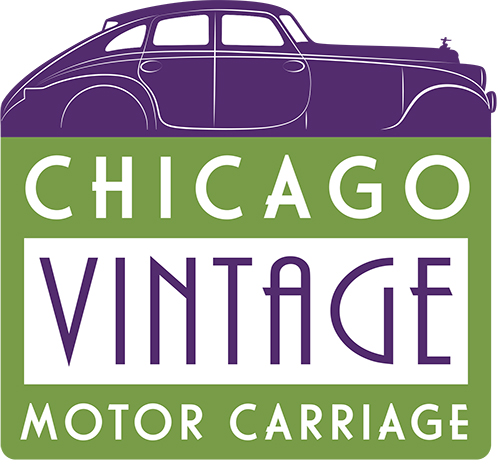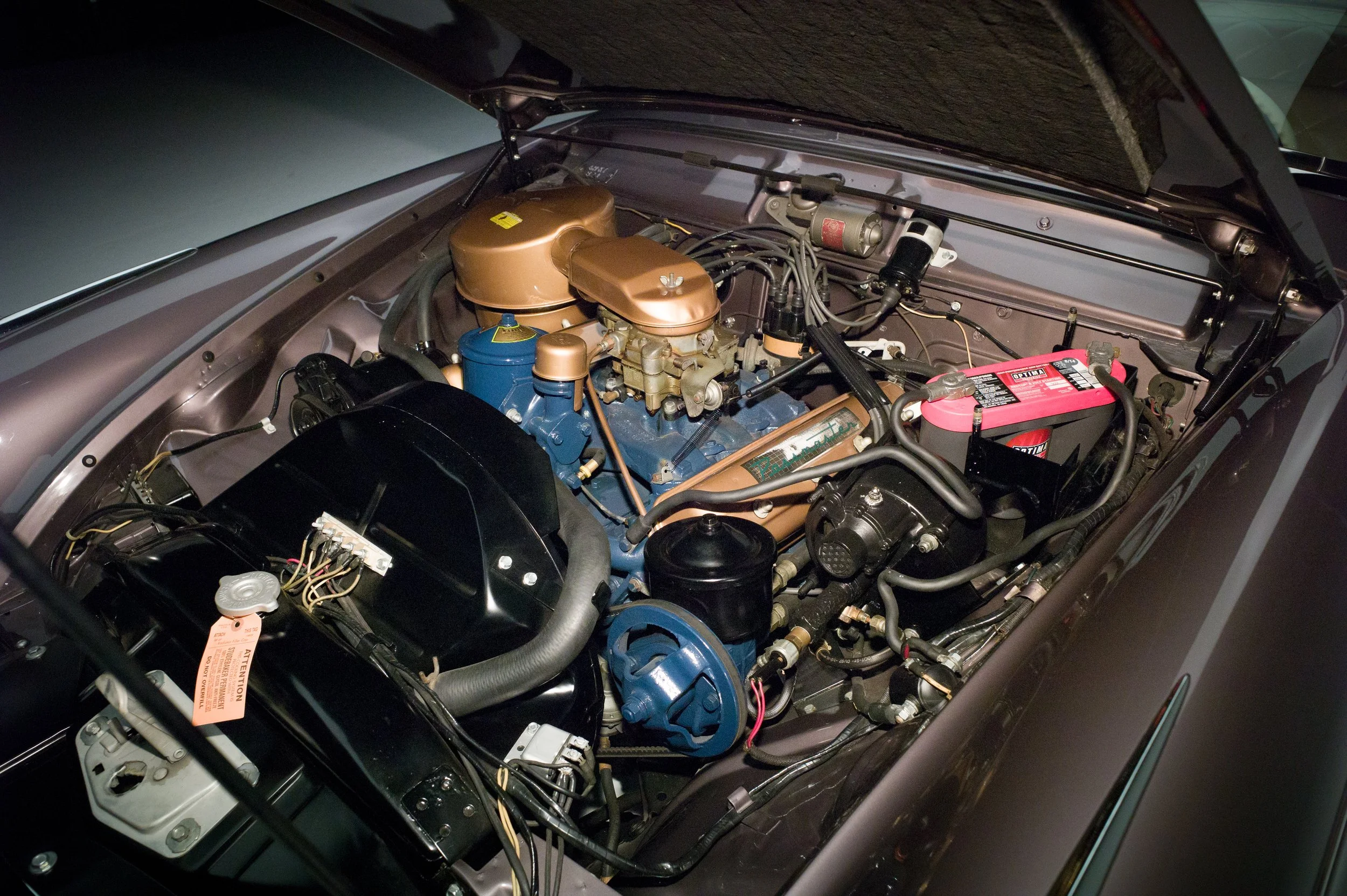1955 Studebaker President Speedster
1955 Studebaker President Speedster
While Studebaker was the first automaker to come roaring back with fresh new designs and all-new cars after World War II, its sales standing slipped from 1947 to 1955, owing in part to an increasing emphasis from competing automakers on sporty styling and exuberant driving qualities. Consequently, just one year after Packard acquired Studebaker in 1954, the newly merged Studebaker-Packard Corporation embarked on a concerted effort to overhaul its stodgy image and take back its place at the forefront of American automotive innovation.
- YEAR & MAKE - 1955 Studebaker
- MODEL NAME - President Speedster
- SERIES - Coupe
- MODEL/BODY/STYLE NUMBER - Model 6H/ Body Type K7
- BODY TYPE - 2 Door Coupe
- BODY BY - Studebaker
- # CYLS. - V8
- TRANSMISSION TYPE & NUMBER - 2 Speed Automatic Transmission
- WEIGHT - 3,301 lbs
- ESTIMATED PRODUCTION - 2,215
- HP - 185
- C.I.D. - 259.2
- WHEELBASE - 120″
- PRICE NEW - $3,253
To that end, in 1955, Studebaker reintroduced the pre-war President nameplate, adding a high-end model line to balance the low- and mid-priced Champion and Commander lines. At the very top of that spectrum lay the dazzling President Speedster, a sleek coupe designed to go head-to-head against the sporty and popular Chevrolet Corvette and Ford Thunderbird. Studebaker’s own ads of the period homed in on the burgeoning market, touting that the company was “the largest builder of sports cars in America!”
Based on the forward-thinking 1953 Starliner Coupe designed by Bob Bourke and Raymond Loewy, the five-passenger, 120.5-inch-wheelbase President Speedster took the 1950s aesthetic to heart with its low cowl and abundance of brightwork, visually separating this halo model from the rest of the Studebaker lineup for that year.
Aerodynamic styling, coupled with lavish applications of chrome as on the controversial “fish-lips” front end, helped the Speedster stand out, as did its two- or even three-tone color schemes. A hood-length ornament and stainless steel roof band added more glitz, while “Speedster” emblems livened up the quarter panels. South Bend-built Speedsters had only that designation on the panels, while cars built in a Los Angeles plant carried both “President” and “Speedster” emblems.
A driver-oriented, cockpit-styled interior boasted diamond-tufted leather and vinyl upholstery and engine-turned appliqués on the reinforced plastic dash. Bold, eye-catching white-on-black instruments included a Stewart-Warner 160 MPH speedometer and an 8,000 RPM tachometer, hinting at the power that lay ready to hand. Nearly every option Studebaker offered came standard on the Speedster, from an eight-tube radio to triple horns and whitewall tires, making its $3,253 price tag seem quite reasonable, considering that a base-model V-8 Corvette started at nearly $3,000.
The sporting air didn’t end with visual appointments, however. Independent front suspension with unequal-length A-arms and coil springs, a live rear axle with semi-elliptic leaf springs and four-wheel hydraulic drum brakes made for excellent ride and handling characteristics. Meanwhile, Studebaker paid close attention to providing an appropriate high-performance powerplant, overhauling its earlier small-block V-8 to create the new “Passmaster” 259-cu.in. V-8, which made 185hp with a four-barrel carburetor and dual exhausts. Available with Studebaker Automatic Drive or overdrive transmission, the Speedster was every bit as effective on the road as it was at turning heads.
Studebaker produced 2,215 President Speedsters during the car’s single-model-year run, making this coupe not only one of the most visually interesting products of the mid-1950s, but one of the most desirable, both then and now.







